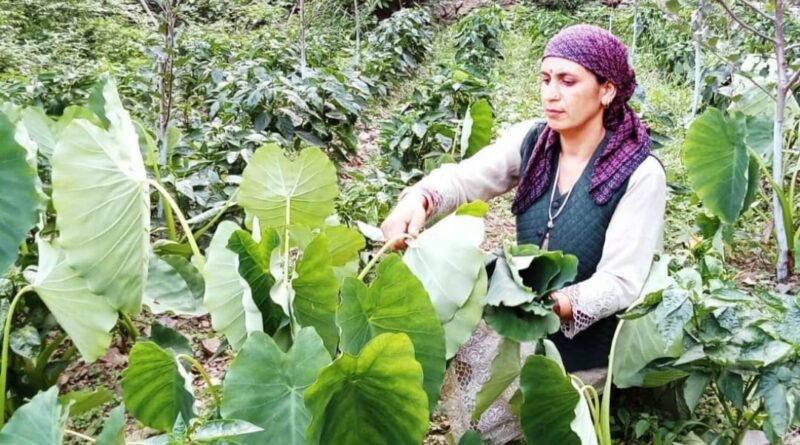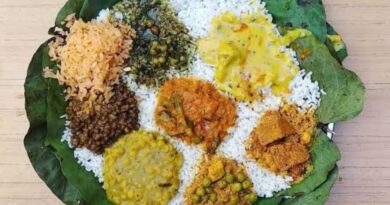Patid made from Arbi leaves is a special dish in every kitchen during the rainy season
During the rainy season, Patid—a special dish made from Arbi leaves—is a common delicacy in every kitchen. While winter sees the use of Arbi vegetable and maize bread, the rainy season brings forth delicious Patid and pakoras crafted from Arbi leaves. These mouthwatering dishes are especially popular in the Keylong area of Shimla district, where they are known as ‘Dhidhde’ in the local language. Traditionally, Patid is enjoyed with desi ghee or curd. Interestingly, during the Dagaili festival, a unique practice occurs in the Sirmaur and Solan districts bordering Keylong. People offer Patid or Dhighde to witches by placing it on their house threshold at night and cutting it with a sharp tool.
In rural areas, the tradition of making Patid has persisted for generations. In the past, during Buara or group functions, food was served on large Arbi leaves due to their size. Additionally, when grains were scarce, people relied on Patid or Dhindhde for sustenance. Ayurveda recognizes Arbi leaves as a treasure trove of beneficial qualities. Dr. Vishwabandhu Joshi, an Ayurvedic expert, explains that these heart-shaped leaves, locally known as ‘Lambu,’ contain essential nutrients such as Vitamin A, Vitamin C, Iron, and Folate. Patid holds cultural significance and remains an integral part of our culinary heritage.



